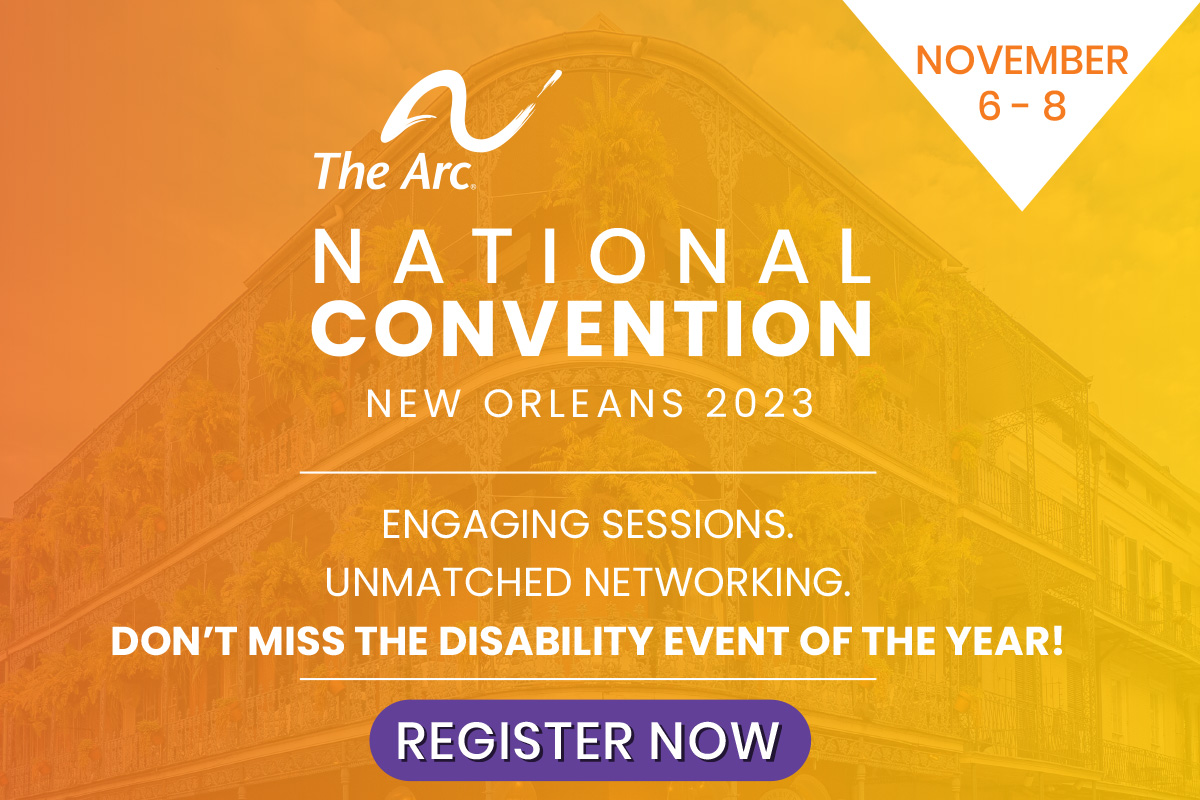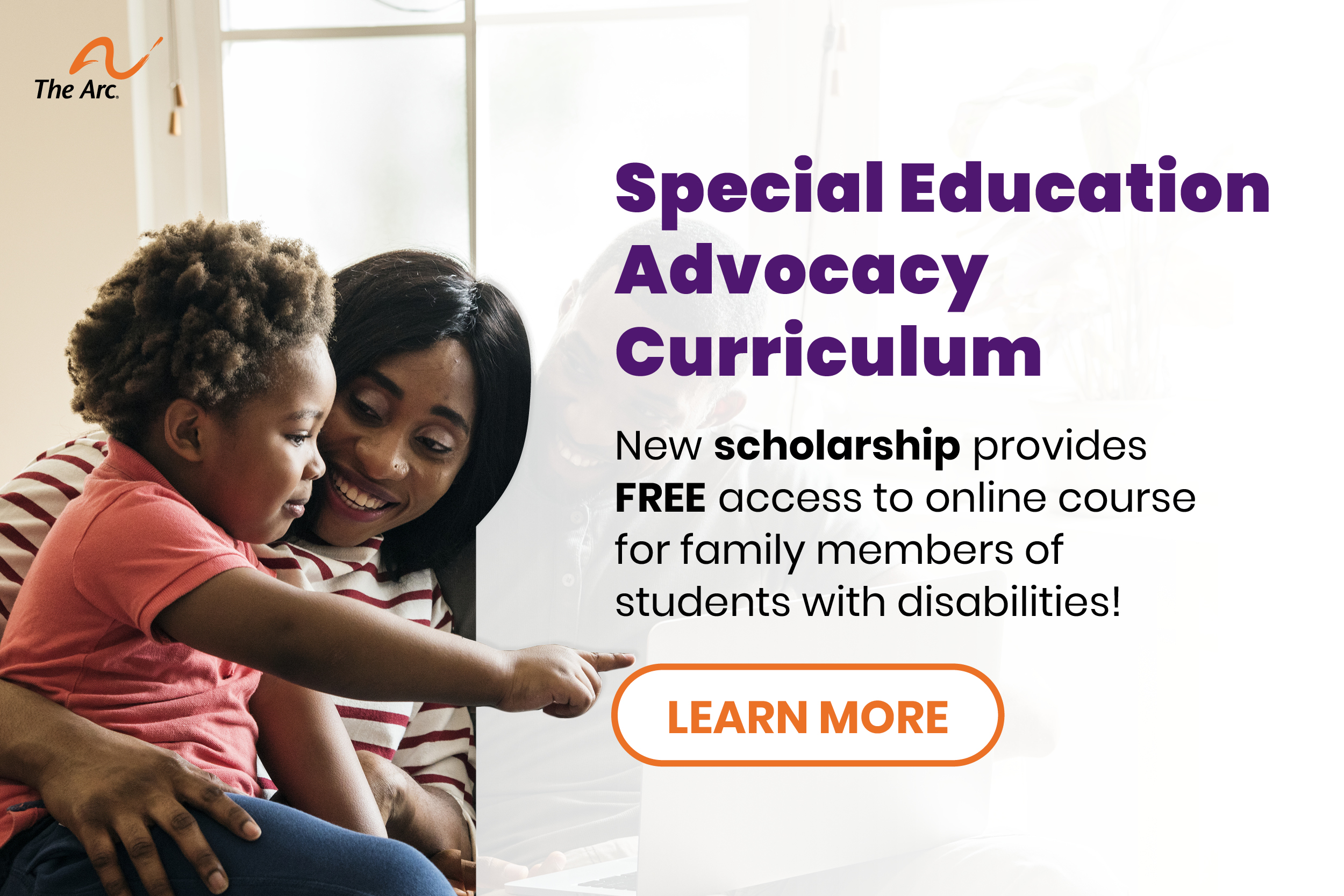Contents
- Introduction
- Identify what accommodations a person with autism spectrum disorders or another developmental disability may need for any particular program and try to anticipate any challenges that may arise
- Work to respect a person’s individuality and dignity when forming a program or curriculum
- Identify what each person on a program or event team can do to promote inclusion
- Assess your facility to make sure that it is accessible
- Make sure that people with autism spectrum disorders and any other disabilities are included in all print and web material
Introduction
Inclusion is not just a philosophy, an idea, or a movement, it is also an approach and an attitude that people have that ensures that every person, regardless of ability or background, can participate in all aspects of social life.
To create an inclusive setting or program for people with autism spectrum disorder or other developmental disabilities, program developers should work to:
- Offer the same opportunities for people with and without disabilities
- Work to welcome everyone in the program and celebrate diversity in participants
- Emphasize cooperation
- Seek to understand and accommodate the various needs of any person in the program
- Promote respect, understanding, and dignity for all people
- Actively engage people who are traditionally excluded to become involved in program
- Foster friendships and a sense of community within a program or setting for all participants
How can someone create inclusive spaces, programs, or events?
Following are few considerations for any person who is working to promote inclusion in any space, program, or event.
Identify what accommodations a person with autism spectrum disorders or another developmental disability may need for any particular program and try to anticipate any challenges that may arise.
People with autism spectrum disorders have a range of unique strengths or weaknesses and may need accommodations in areas like the length of time available to achieve tasks, materials/equipment, visual or verbal cues, and transitions between activities. To determine which accommodations may be best for a person with autism spectrum disorders or any other disability, the person themselves and their families are typically the best sources of information. Additionally, when determining accommodations, it is a best practice to always assume that a person with any disability is able to do something and competent.
Work to respect a person’s individuality and dignity when forming a program or curriculum.
Words can be powerful in reflecting feelings and thoughts. When discussing a person with a disability, it is a common practice to put the person first and reflect their abilities over any type of disability that they may have. For example, instead of a person being referred to as a “handicapped person”, they could instead be referred to as a “person with a disability”. One exception to this practice is when people who have a disability choose to empower themselves by referring to the type of disability they have in a different manner. In the autism community, specifically, many people with autism spectrum disorders and other developmental disabilities choose to call themselves “autistic”. When developing a curriculum, it is suggested that a person initially use person-first language. However, it may also be a good idea to discuss what language and words a person with an autism spectrum disorder or another developmental disability would like to use.
Identify what each person on a program or event team can do to promote inclusion.
Each person on a program team from the top of an organization or developer to the staff implementing a program should work to promote the inclusion of people with autism spectrum disorders and other developmental disabilities. Board members and executive staff or program developers can do this by ensuring the program or event language reaffirms the importance and value of inclusion. Additionally, executive staff can work in collaboration with other community organizations to find training for all staff and volunteers on the importance of inclusion and steps necessary to ensure that activities are adapted to include all people, to recognize that all people’s accomplishments are valuable, and to facilitate friendships and community between participants.
Assess your facility to make sure that it is accessible.
Reviewing the building plans for wherever an activity of program is located to ensure that the building and bathrooms are accessible, that equipment is adaptable to all participants’ needs, and that public/accessible transportation is available to and from your program, event, or activity will help ensure that a program will be readily accessible and welcoming to people with autism spectrum disorders or
other disabilities.
Make sure that people with autism spectrum disorders and any other disabilities are included in all print and web material.
Showing pictures of real-life inclusion promotes the inclusion of children with and without disabilities in any program or event that you may be having. Ensure that these materials meet accessibility guidelines and are available in alternative formats (including Braille, large print, and on CD) can help include people with autism spectrum disorders or other disabilities to access information on the program or event.



